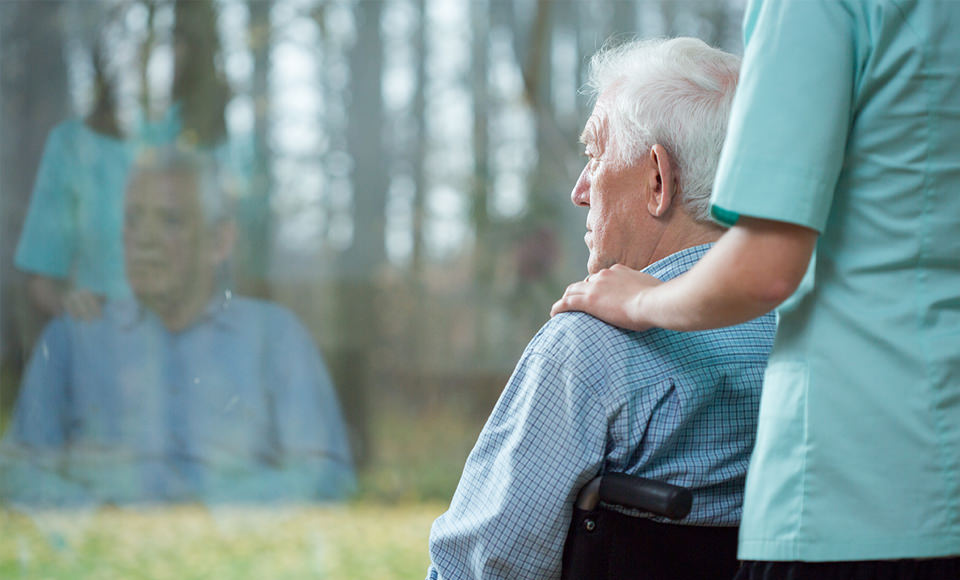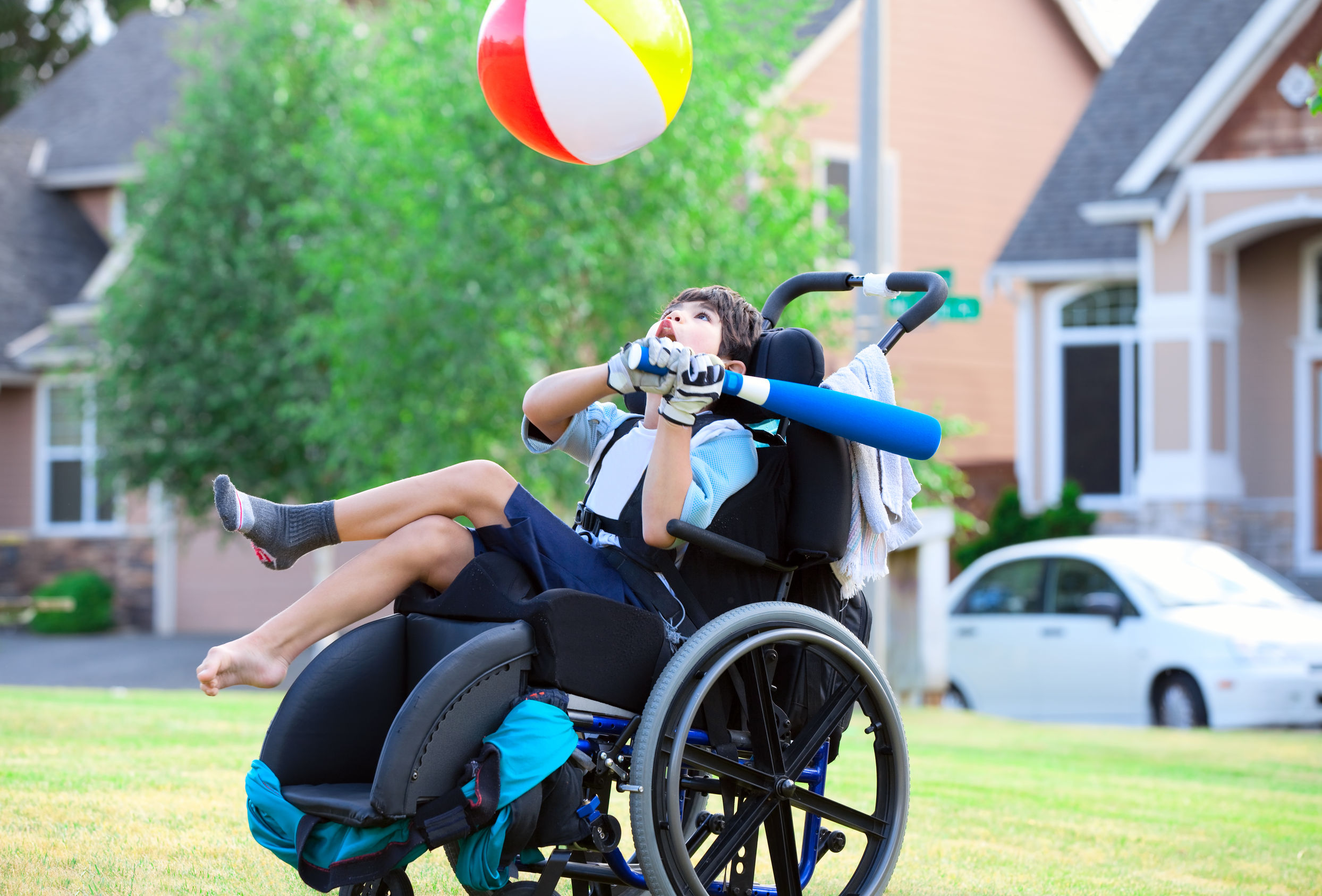
Cerebral Palsy Guide For Parents Infographic
What Is Cerebral Palsy?
Cerebral palsy (CP) is a blanket term for several disorders that affect normal, healthy movement. Over 10,000 children are diagnosed each year.
Cerebral palsy (commonly referred to as CP) affects normal movement in different parts of the body and has many degrees of severity. CP causes problems with posture, gait, muscle tone and coordination of movement.
The word “cerebral” refers to the brain’s cerebrum, which is the part of the brain that regulates motor function. “Palsy” describes the paralysis of voluntary movement in certain parts of the body. Some children with CP also have coexisting conditions, such as vision and hearing impairment. These disorders are caused by brain damage and are not a direct result of one’s cerebral palsy.
Cerebral palsy does not generally affect life expectancy. Depending on how the condition is managed, motor skills can improve or decline over time. While symptoms and severity vary from case to case, most people diagnosed with this condition go on to lead a rich, fulfilling life.

How Does CP Affect the Body?
The brain controls all types of motor functions that allow people to live as independently as possible. Motor control can be voluntary, such as reaching out to shake someone’s hand. It can also be involuntary, such as the reflex when a doctor taps a spot just below a patient’s knee.
When the motor control centers in the brain are damaged, voluntary and involuntary motor skills do not function properly. This can present an array of challenges related to one’s ability to walk, talk or complete everyday tasks independently.
Facts and Statistics on CP
- Cerebral palsy is the most common childhood physical disability. Recent estimates conclude that nearly 764,000 people in the U.S. have CP.
- There are 4 main types of cerebral palsy: Spastic, Athetoid/Dyskinetic, Ataxic and Mixed. Spastic CP is the most common, making up about 70% of cases.
- CP is a non-progressive disorder, meaning it will not get worse over time. Most cases can be effectively managed with treatment and continued care.
- 2 in 3 people with cerebral palsy can walk. While some children with CP require mobility aids, many are able to walk independently.
- 3 in 4 people with CP are able to verbally communicate. Oftentimes, assistive devices are used to help improve speech and hearing.
- There is no known cure for cerebral palsy. Fortunately, there are many treatments that can help both children and adults with CP live a full life.
Causes of Cerebral Palsy
Cerebral palsy is caused by damage to the fetal or infant brain. It occurs when there is neurological damage before, during, or within five years of birth that prevents the brain from developing properly.
Damage to the parts of the brain that control motor function causes children with CP to struggle with posture, balance and movement. Although this disability affects muscle tone and movement, it isn’t caused by problems with the actual muscles or nerves it is strictly the result of developmental brain damage.
The first question many parents have following a recent CP diagnosis is what could have caused their child’s brain injury. It’s important that parents work with doctors and specialists in order to conclude which factors may have contributed to their child’s condition.
Common causes of CP include:
- Bacterial and viral infections
- Bleeding in the brain (hemorrhaging)
- A lack of oxygen to the brain before, during or after birth (asphyxia)
- Prenatal exposure to drugs and alcohol, mercury poisoning from fish and toxoplasmosis from raw/undercooked meat
- Head injuries sustained during birth or in the first few years of infancy
Not every case of cerebral palsy has a clear cut explanation. It’s estimated that 20 to 50 percent of cases have unknown causes. Clinical trials are just one technique being used to conduct further research on the potential causes of CP.

Cerebral Palsy Caused by Birth Injuries
Some children develop cerebral palsy as the result of a birth injury caused by medical negligence. While rare, these cases are usually the product of a delivery room meltdown. Parents who suspect their child’s condition is due to negligence on the part of the doctors, nurses or hospital facility may wish to pursue a free legal case evaluation.
A cerebral palsy lawyer can evaluate the details of your case in order to determine if there is enough evidence to suggest medical neglect or malpractice took place. For parents who are considering filing for a case evaluation, it is essential to seek out an attorney specializing in birth injury cases caused by negligence.
Types of Cerebral Palsy
There are a few different types of cerebral palsy. CP is classified by the type and location of movement problems. There are also different levels of severity among each case of cerebral palsy.
The 4 main types are:
Spastic (70% of cases):-
The most common type of cerebral palsy is known as spastic cerebral palsy. This is caused by damage to the brain’s motor cortex. Typical symptoms include stiff, exaggerated movements.
Athetoid/dyskinetic (10%) :-
This type is caused by injury to the brain’s basal ganglia, which controls balance and coordination. Children with athetoid/dyskinetic CP often exhibit involuntary tremors.
Ataxic (10%):-
Ataxic cerebral palsy is characterized by lack of coordination and balance. This is caused by damage to the cerebellum, which is the part of the brain that connects to the spine.
Mixed (10%):-
Some cases of cerebral palsy are classified as Mixed. This occurs when an individual exhibits symptoms of more than one type of CP.
How is Cerebral Palsy Diagnosed?
A cerebral palsy diagnosis usually takes place anywhere between 18 months and 5 years of age. Parents and caregivers are usually the first to notice delays in a child’s development, which is one of the first signs of cerebral palsy. However, every child develops at his or her own pace, so doctors often hesitate to make an immediate diagnosis until further symptoms can be observed.
Several imaging tests may be used to diagnose cerebral palsy, including:
- Magnetic resonance imaging (MRI)
- Computed tomography scan (CT)
- Electroencephalogram (EEG)
- Cranial ultrasound
If you’re concerned that your child is showing developmental signs of cerebral palsy, parents should seek out a CP specialist who can conduct observational analysis and administer diagnostic tests. Once a diagnosis is received, parents can begin taking steps toward embracing a life with CP.
Treatment For Cerebral Palsy
Treatment for CP is twofold here is treatment early in life and lifelong management. Early treatment for children with cerebral palsy is important because the developing brain and body are more resilient. This means that there are more opportunities to correct or improve some of the child’s mobility limitations during this time.
Treatment isn’t focused on curing or fully correcting a child’s CP. Rather, it’s about nurturing a child’s development so they can live as independently as possible. Many children with cerebral palsy are completely self-sufficient and have satisfying, meaningful lives. Actively treating the symptoms that coincide with CP is the best way to ensure the highest quality of life for a child as they transition into adulthood.
Children with cerebral palsy can improve their motor skills with the help of traditional and alternative therapy, medication, surgery and more. Parents should seek out a multidisciplinary team of specialists to effectively treat their child’s condition.
The multidisciplinary team may include:
- Developmental pediatricians
- Neurologists
- Orthopedic surgeons
- Physical therapists
- Respiratory therapists
- Speech therapists
- Nutritionists
- Occupational therapists
- Psychologists (to assess ability and behavior)
For more information visit us our website: https://healthcaretipshub.com






